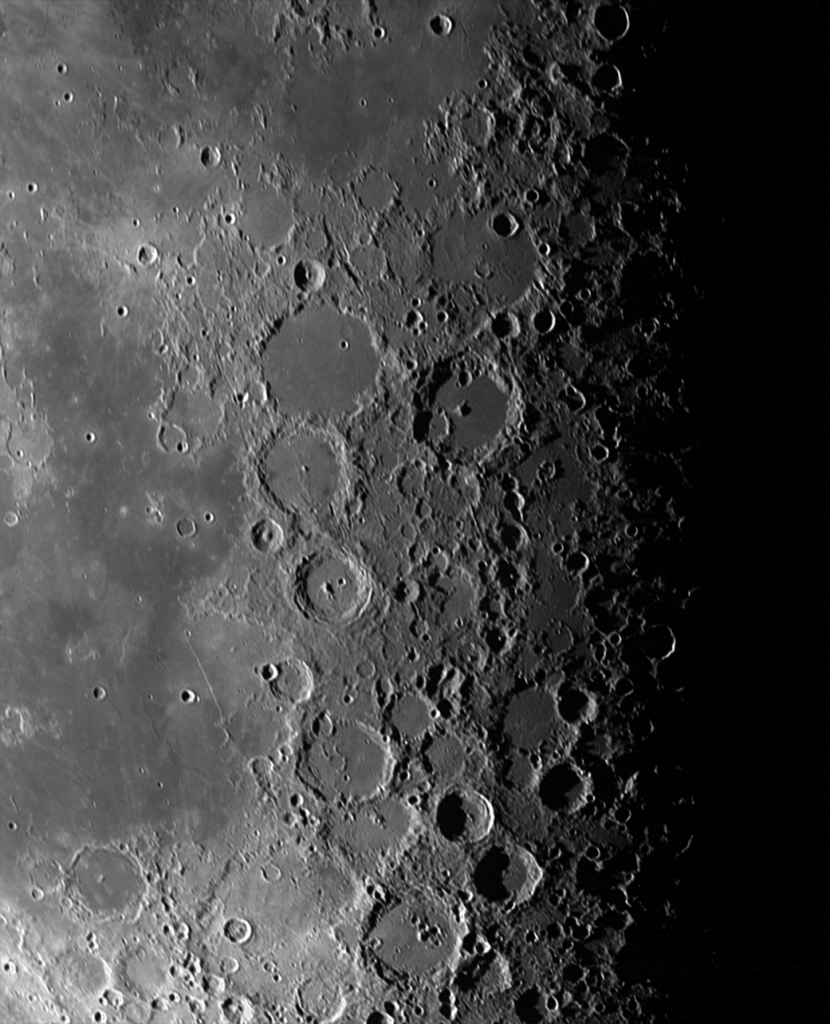From garage inventors to university students and entrepreneurs, NASA is looking for ideas on how to excavate the Moon’s icy regolith, or dirt, and deliver it to a hypothetical processing plant at the lunar South Pole. The NASA Break the Ice Lunar Challenge, now open for registration, is designed to develop new technologies that could support a sustained human presence on the Moon by the end of the decade.
“We are excited about this opportunity to broaden our community engagement in the Artemis program and explore new infrastructure approaches for the Moon,” said NASA’s Associate Administrator for the Space Technology Mission Directorate Jim Reuter. “As outlined in our plan for sustained lunar exploration and development, NASA is pursuing technology development that allows future explorers to live off the land. With this challenge, we’re soliciting fresh ideas from outside the traditional aerospace sector for acquiring and processing resources needed to support long-duration human surface exploration.”
Prize Challenge
The Break the Ice Lunar Challenge will take place over two phases.
Phase 1 seeks new ideas and approaches for a system architecture capable of excavating and moving icy regolith and water on the lunar surface. Eligible Phase 1 participants must submit a system architecture report, excavation plan, and mission animation by June 18, 2021 that addresses various operations and environmental conditions of a hypothetical excavation mission on the lunar surface. The entries will compete for a portion of the $500,000 Phase 1 prize purse.
The initiation of Phase 2, the demonstration phase, is contingent on the emergence of promising submissions in Phase 1 that demonstrate viable approaches to achieving the challenge goals. Phase 2 would carry a prize purse of up to $4.5 million.
Exploration Challenges
NASA instruments and a mobile robot will land on the Moon in the next few years to harvest and map resources at the South Pole. Additional investments are advancing in-situ resource utilization technologies so future explorers can use what’s native to the Moon.
High on NASA’s list of innovation priorities are technologies that use the Moon’s resources to support sustainable surface operations with decreasing supply needs from Earth. This includes systems that could convert lunar ice into rocket fuel, drinkable water, or other vital resources, including rocket fuel. Regolith also shows promise for both construction and creating elements for rocket fuel.
NASA has identified several technology gaps related to harvesting and moving large quantities of resources on the Moon, including hardware capable of operating in the extreme cold and permanent to near-permanent darkness. Robotic systems for excavation will need to withstand the harsh environments inside permanently shadowed regions at the lunar South Pole, where ice has been observed and the targeted landing site for crewed Artemis missions.
Designs for this challenge will need to dig up the icy regolith, take it to a processing plant for water extraction, and then transport it to a storage tank for life support and other systems.
“Responsibly gathering these resources on a place far from our home planet will require new technologies,” said John Vickers, the NASA principal technologist for the challenge. “Someday we may be able to incentivize regolith excavation and water delivery technologies that could be adapted for operation on the lunar surface, while also advancing excavation technologies for terrestrial commercialization.”
On Earth, a variety of tools and techniques are used for excavation – from manual labor using simple tools like a hand shovel to complex machinery. The mission architectures developed in the Break the Ice Lunar Challenge aims to help guide machine design and operation concepts for future terrestrial and lunar mining and excavation operations and equipment for decades to come.
The Break the Ice Lunar Challenge is a NASA Centennial Challenge, managed by NASA’s Marshall Space Flight Center in Huntsville, Alabama, and NASA’s Kennedy Space Center in Florida. Centennial Challenges are part of the Prizes and Challenges program within NASA’s Space Technology Mission Directorate. NASA has contracted Ensemble Consultancy to support the management of competitors for this challenge.
To learn more about the challenge and register to participate, visit:
For more information about NASA’s Prizes and Challenges, visit:
https://www.nasa.gov/solve/index.html
Molly Porter
Marshall Space Flight Center, Huntsville, Ala.
256-544-0034
molly.a.porter@nasa.gov





























